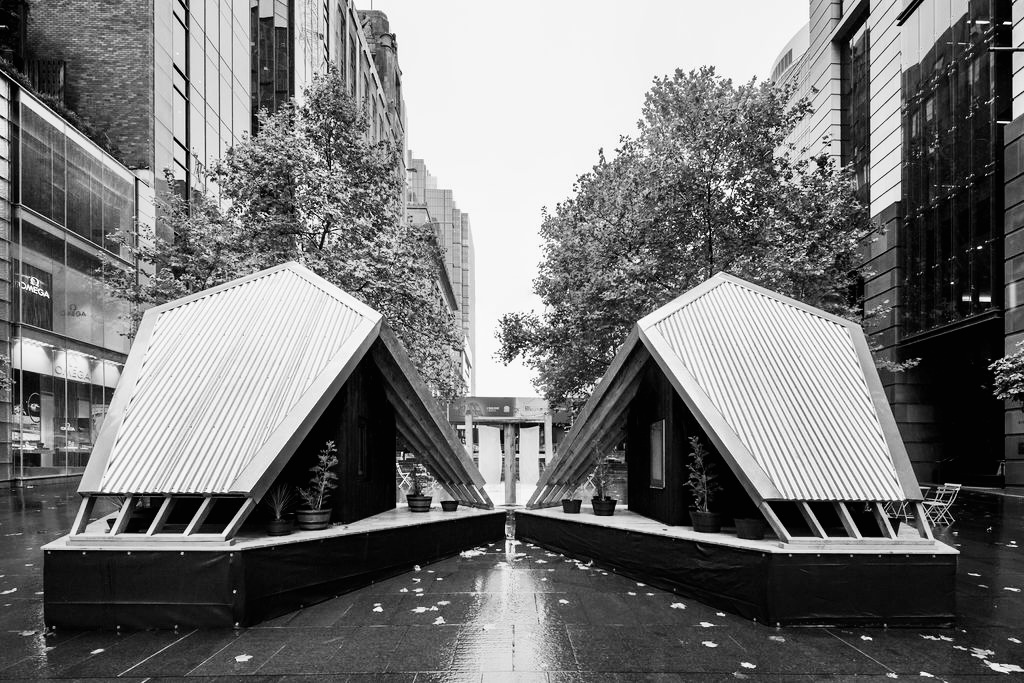
Passive House Icebox Challenge
By Khaled Abou Alfa • 13th of March, 2022
The Passive House (or Passivhaus) standards have been around for 30 years, celebrated last year in this quaint newsletter. The first working example was built in 1996, and needed 90% less heating than a typical building of the time. Passivehaus is more concerned with the long term benefits (targeting ongoing energy usage) rather than the short term gains, mainly as capital costs. The standards centre around five key principals:
- Airtightness
- Thermal Insulation
- Mechanical Ventilation Heat Recovery
- High performance windows
- Thermal Bridge Free Construction

The sum total of these principals, if adhered to and implemented correctly, are buildings that require virtually no energy to provide heating — much is already provided in the form of residual heat from people and appliances. This is made possible by the fact that a passive house looses less than 0.5°C per day (in the winter).
Conversely, passive house construction provides an excellent barrier for heat entering a building. Passive House Australia recently showcased the stark difference in design and construction realities between passive house and current building regulations in a decidedly clever manner.
As part of their Icebox challenge, two identical looking buildings were constructed the difference being that one met current Australian regulations and the other met Passive House standards. A 1000kg block of ice was then put inside each. After 12 days the block in the ‘non passive house’ had completely melted, while 412kg of ice remained in the passive house. A time lapse of both ice block.
As the cost of energy (financially, morally and politically) increases, we have to look at the long term and severe our overall dependance on these outdated methods of running our lives. We have better, and more mature, solutions available to us right now, we should be using them.